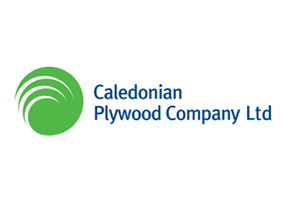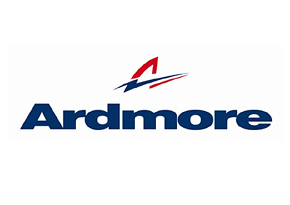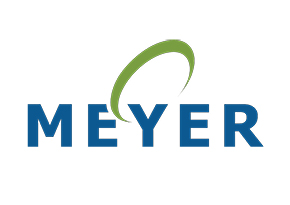Medium-rise timber frame A best practice benchmarking guide
In This Series
- Acoustic performance of party floors and walls in timber framed buildings

- House from the rising sun - Lessons from the Japanese housing delivery experience

- Low energy timber frame buildings

- Off-site and modern methods of timber construction: a sustainable approach

- Reinstatement of timber frame buildings after fire


The medium-rise market (4-8 storeys) accounts for approximately 20% of the UK housing stock and in major cities this can be up to 45%. Historically timber frame has predominately been used within the low-rise sector (1-3 storeys). However, medium-rise clients and specifiers are increasingly seeking to benefit from the opportunities that timber frame technology can offer.
As a means to reinforce these opportunities, benchmarking was seen as an effective demonstration tool to illustrate timber frame's performance relative to competing steel and concrete solutions.
This book highlights benchmarking as a key management tool in delivering performance improvements in construction. It covers a number of key factors relating to benchmarking for medium-rise timber frame buildings using Timber Frame 2000 (known as TF2000) as a case study to demonstrate the levels which can be achieved by 6-storey timber frame buildings.
Contents:
- Introduction
- Timber Frame 2000
- Benchmarking: A historical perspective
- Types of benchmarking
- Benchmarking in practice: Cross industry examples
- Benchmarking in practice: Steel and concrete examples
- Benchmarking: A model approach
- Best practice benchmarks: Critical success factors
- Benchmarking in practice: Timber frame examples
- Benchmarks as a level for change: Timber Frame 2000 case study
- 4-step guide to improvement

















